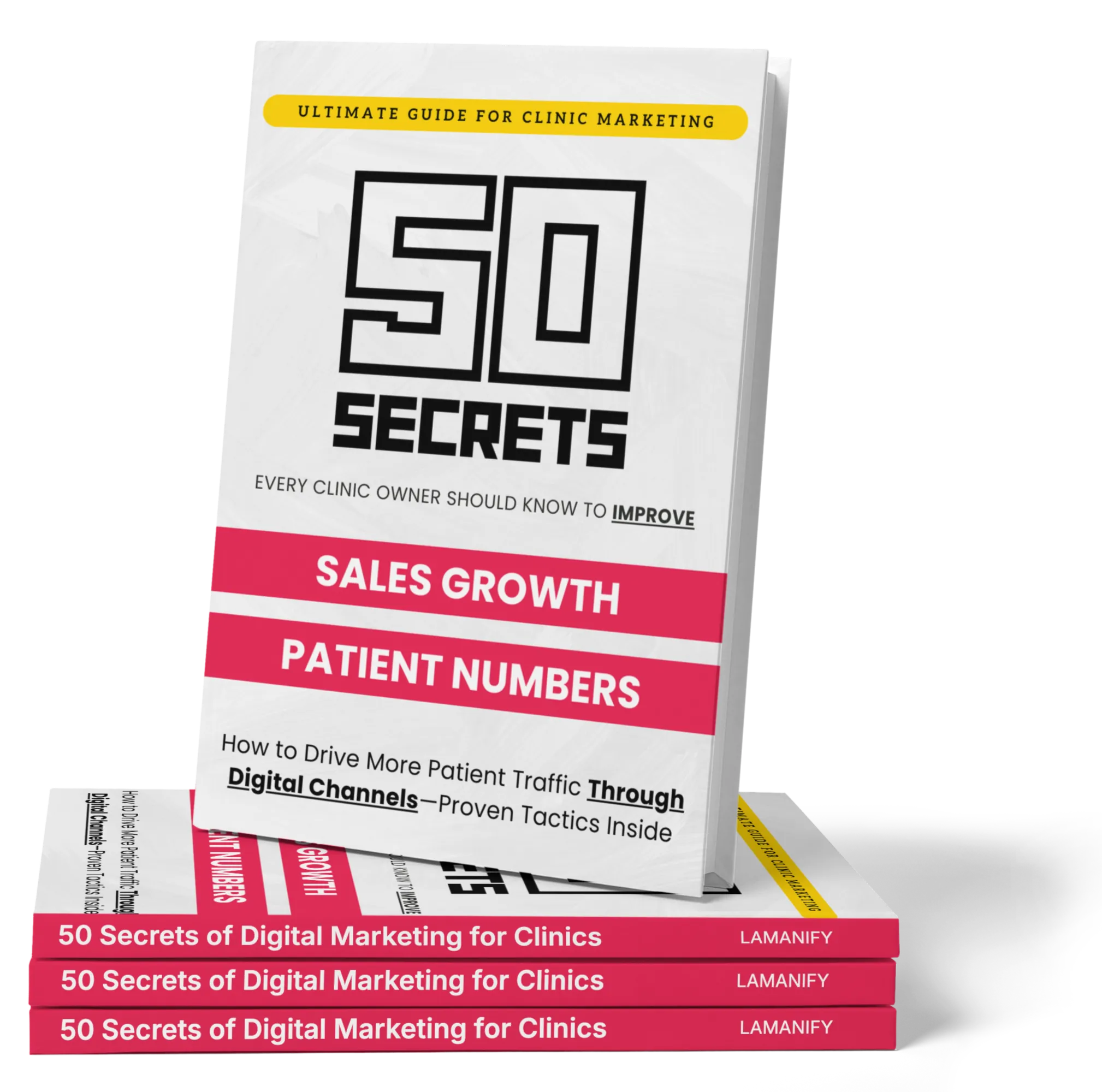
As an ecommerce business, you are always looking at ways to improve your eCommerce conversion rate optimization so that you can convert more customers into paying customers.
How do you ensure a high conversion rate?
Here are ten tips for maximizing conversions on your ecommerce site!
A responsive design is a website that works well on all devices. This means that you can use the same URL and have it display properly across all screen sizes, from smartphones to desktops.
It’s important to have a responsive design because it allows users to interact with your site in the way they prefer–whether they’re using their phone or desktop computer. It also makes it easier for them to find what they’re looking for, which increases conversions because people aren’t forced into an unnatural experience just because they’re accessing your site from their phone or tablet instead of a laptop computer.
You can test if your site is responsive by visiting http://www.responsinator.com/. If the page doesn’t change when viewed on different devices (including tablets), then there may be some work needed before launching into A/B testing!
Color is a powerful tool for designers. It can be used to create mood and set the tone of your website, or it can be used as a way to grab attention and get visitors to take action. It is a part of eCommerce conversion rate optimization where distinctive colors could motivate people to buy from you.
Color psychology plays an important role in how people perceive your brand, so it’s important that you choose colors wisely when designing your site.
There are several factors that contribute to how we perceive color:
To improve you eCommerce conversion rate optimization, you need to know what your goal is. That may seem obvious, but it’s surprisingly easy to forget.
Consider this:
If someone comes to your site and doesn’t know why they’re there or what they should do next, then they won’t stick around very long–and even if they do stick around for a while, that doesn’t mean they’ll convert on anything! So before you start optimizing anything else (like copywriting), first define the problem before starting on solving it.
You might be thinking “I already know my goals.” Maybe so; maybe not.
Either way, take some time off from reading this post and write down all of the things that could possibly happen after someone visits your site: signup forms; sales pages; blog posts; product pages with add-to-cart buttons…you get the idea! Then prioritize them based on how important each one is in relation to other possible outcomes (e.g., “signups” vs “leads”).
This exercise will ensure that all future decisions are made with clear intent in mind–and avoid making mistakes such as wasting valuable resources on low-ROI activities like guest blogging or ad campaigns where no direct conversions exist yet (or ever will).
Another way of doing ecommerce conversion rate optimization is to write for customers, and not for search engines. Writing for your customers is the most important thing you can do to optimize your website.
It’s tempting to write for search engines, but it’s better to write for people. You’ll have a better chance at ranking if you write content that answers their questions and helps them solve their problems.
You should use keywords in your content, but don’t overdo it–use long-tail keywords instead of short-term ones like “buy” or “sale” (these are called “head terms”). Also avoid using jargon and buzzwords; use natural language instead of trying too hard to sound technical or authoritative.
Your text should be clear, concise and easy-to-read: use short sentences and paragraphs; bullet points or numbered lists can make it easier for readers who skim through content quickly on desktop computers (not so much mobile phones).
Test different headlines, images and text.
Test different layouts and page designs.
Test different call to action buttons (CTAs).
For example, if you’re offering a free trial of your product or service on your homepage, try changing the wording from “Sign Up” to something else like “Start My Free Trial.” Or try adding an additional CTA button in another location on the page that says something like ‘Try Now.’ You can also test different colors for these CTAs–if one color gets more clicks than another then go with it!
Also test offers/price points: This means changing things like whether or not there is a limited time deal available; how much money customers must spend before they qualify for free shipping; what kind of discount codes are being used (e.g., 10% off code vs 20% off code); how many items need purchased before shipping is free etc…
The more people who visit your website, the more likely you are to make a sale. So it’s important to optimize your website so that it converts as many visitors into customers as possible.
A good way to do this is by using clear CTAs (call-to-action buttons). A CTA is any button or link that encourages visitors to take a specific action on your site. The most common types of CTAs are “Buy Now” buttons, “Learn More” tabs and “Sign Up” forms.
Make sure it’s relevant to the page it appears on, not just a generic “click here” call-to-action that could apply anywhere on any website. For example, if you’re selling shoes online and someone lands on a product page for women’s boots, don’t use a generic “buy now” button; instead include something like “Women’s Boots” or “Women’s Winter Boots.” This will help ensure people find what they’re looking for more quickly so they can convert faster!
Testimonials and reviews from customers can be powerful social proof for your website. They help potential customers to feel more confident about buying from you and show them what other people think about the value of your products or services.
Including links to your social media profiles on your website can give visitors an easy way to follow you on Facebook, Twitter, LinkedIn and other platforms where they spend their time online. This is especially useful if you have a strong presence on one platform but not another — for example, if you have a large following on Twitter but not Facebook (or vice versa).
Case studies and product reviews are also powerful forms of social proof that you can use on your website. For example, if one of your customers wrote a blog post about how much they loved using one of your products or services, include it as an endorsement next to the product description on your site so that other visitors can see it too!

If you want to increase conversions on your website, it’s important to create a sense of urgency by using a countdown timer or clear call to action (CTA). By doing this, you can encourage visitors to take immediate action and convert on the offer before it expires. For example:
“Limited time offer!”
“Get [product] now before supplies run out!”
“This deal only lasts for 24 hours!”
Social proof is another way to encourage people to convert on an offer quickly before it expires because they don’t want to miss out on something that other people are already enjoying.
This type of social proof includes testimonials from happy customers, reviews from other websites or even photos of happy customers enjoying their products or services after making a purchase from your website. Using social proof can help build trust with potential customers who might be skeptical about making an online purchase with a new company they’ve never heard of before.
For us, one of the most important eCommerce conversion rate optimization is to reduce the hurdle of people buying form you. You should have a clear and simple checkout process that allows customers to complete the transaction with minimal effort.
This includes making sure you have all the information they need about products, pricing and delivery options before they make their purchase decision. You can also provide additional resources such as product videos and shopping guides on your site so that customers can learn about what they’re buying before making a purchase decision.
Make sure customers know what they are getting and what they’re paying for by including clear descriptions of each product in its own section on your website rather than having all products listed together under one heading (e.g., “All T-Shirts”). You may also want to include pictures or videos of the item being sold so customers know exactly what kind of quality they’ll be receiving when their order arrives at their doorstep–especially if it’s something more expensive like jewelry or furniture!
Customers want to be heard. Customers want to be understood. Customers want to feel like people, not just numbers on your revenue report. They also need a way of contacting you easily and returning items if they’re not happy with them (or if they change their minds about something).
As the owner of an online store, it’s your job to make sure that customers can do all of these things as easily as possible. This includes making sure that your website has a way for customers to contact you directly if they have a question or concern about an order or product.
In addition, it’s important for you to be responsive when customers do contact you — whether by email or phone — so that they feel like their concerns are being taken seriously and handled in a timely manner.
It’s also important that your website has both live chat functionality and an easy-to-find customer service number listed prominently on each page so that visitors can get in touch quickly and easily should they need assistance with anything at all — including returning an item if it doesn’t fit properly or if they simply aren’t happy with it after receiving it in the mail.
We hope that these tips will help you to optimize your website for conversions. Remember, it’s not about being perfect, it’s about making the most of what you have and continually improving. If you follow these 10 simple tips and keep experimenting with new ideas (even if they don’t work), then we guarantee that your ecommerce conversion rate optimization will improve over time!
Need help optimizing your eCommerce store? We’re here to help!
At the end of the day, your website is your most important sales tool.
That’s why it’s crucial to invest in professional ecommerce web design services that will give you the edge you need to stand out from the competition.
Our team of experts has a proven track record of creating high-converting ecommerce websites that not only look great but also deliver results. Don’t wait any longer to take your online business to the next level. Contact us today to learn more about our ecommerce web design services and start seeing the results you deserve!



